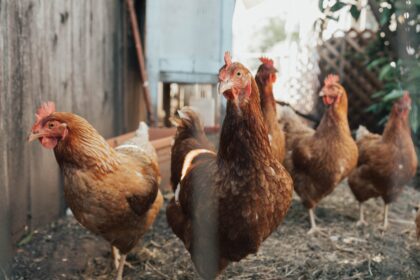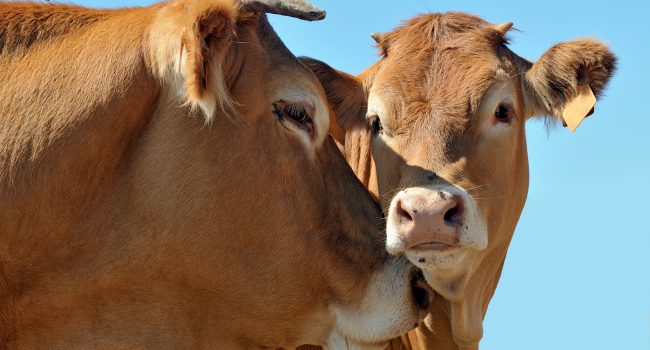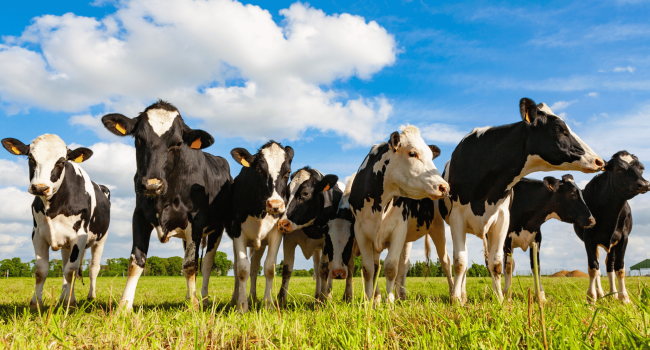Split Feeding for Laying Hens – Concept and Overall Benefits
Laying hens are expected to produce 500 first-quality eggs up to 100 weeks of age, and this trend to extend the production cycle has meant the control of eggshell quality has become one of the key factors in meeting this target.
Specifically, in the last phase of the cycle, egg production declines, with a proportional increase in cracked eggs due to decreased shell quality in terms of shell weight, thickness and breaking strength (Molnar et al. 2018).
Another key factor concerns tailoring the hens’ nutrition to improve flock performance.
Therefore, problems related to decreased shell quality need to be addressed, by genetic selection but also by optimizing nutrition and management.
As it is known that the bird’s metabolism varies throughout the day due to the process of egg formation (Galea, 2015), one way of improving production is focused on feed via optimization of the use of nutrients.
Nutrient requirements of the laying hen
Conventionally, the feeding method for laying hens consists in providing a single complete feed for the whole day, and this is easy to implement on the farm, as only one silo is required.
However, when birds are offered diets with the option of self-selection of nutrients, an increase in protein and energy intake in the morning has been observed – corresponding roughly to the peak of egg production – with a calcium intake which is higher during the latter part of the day.
This suggests that hens are using the energy, amino acids, calcium and phosphorus more efficiently by consuming these nutrients at moments in the day when each requirement is high.
Therefore, the current practice of feeding hens with only one type of diet might not be an ideal approach for the optimal utilization of nutrients, and the strategy of “Split Feeding” has been developed to overcome this problem.
Calcium/Phosphorus
Eggshell formation occurs mostly during the night, and requires a high level of calcium.
Two different sources of calcium are available to the bird in order to build the eggshell: it can originate directly from the feed or can be mobilized from the medullary bone.
It has been found that eggshell quality will vary according to the source, and that the higher the proportion of calcium coming from the feed, the better the eggshell quality.
During the first 5 to 6 hours of egg formation when ovulation and albumen formation take place, only about 40% of the available Ca is absorbed from the diet, whereas during shell formation, this ratio increases up to 70-80% (Leeson and Summers, 2009).
In addition, it has been shown that hens have a higher Ca appetite in the last hour of the daylight period (Hurwitz and Bar, 1965), which suggests that the Ca requirement also changes during the day.
Any technique to increase the calcium crop content before nightfall will thus have a positive effect on eggshell quality, and will consequently increase the number of marketable eggs.
Another point to consider is that when birds are forced to mobilize calcium from the medullary bone, phosphorus is released at the same time.
Elevation of the blood phosphorus concentration results in a lower ability to mobilize bone calcium, and increases the phosphorus requirement. In the morning, when the eggshell formation is finished, the birds are rebuilding their bones using the phosphorus and calcium consumed in the morning.
Therefore, they have high calcium requirements and low phosphorus requirements at night, and just the opposite in the morning (high phosphorus/moderate calcium).
As a result, the excess calcium consumed in the morning is not used and will pass through the digestive tract to end up in the manure.
Therefore, manures from layer farms tend to have a greater soil pH impact compared to other manures.
Excess calcium carbonate either from feed waste or from the excess excreted by the poult, and also from broken eggshells, can lead to elevated calcium carbonate content in layer manure.
Repeated application of this type of manure is equivalent to repeated light lime applications and can lead to unwanted increases in soil pH over time.
Because of the low water solubility of the calcium carbonate in layer manure, increases in soil pH can continue for up to two years after the applications are ceased (Lin et al. 2018).
Energy and Proteins
The lipoproteins of the yolk are continuously synthesized in the liver and accumulated in the follicle until ovulation takes place.
Therefore, there is no peak in energy requirement linked to egg formation.
Layers significantly increase their feed consumption before the night and in the early morning, which is due to a specific appetite for calcium; energy requirement and/or consumption do not seem to vary significantly throughout the day (Galea, 2015).
However, several trials investigating split feeding have shown, for reasons that still remain unclear, a reduction in energy consumption when two different feeds were given during the day.
As consumption is reduced with split feeding, production costs also decrease.
The synthesis and deposition of egg albumen last approximatively 3.5 hours and occur in the morning, with 70% of egg white proteins being synthesized directly in the oviduct.
To be able to synthesize these proteins, amino acids must be available at this specific moment in the oviduct.
This would suggest another effect of split feeding, where layers are fed in the morning, with a rich feed in proteins and amino acids, and suggests that the concentration of proteins and amino acids can be lowered in the afternoon feed (Galea, 2015).
Research work demonstrated that split feeding not only reduces phosphorus and calcium losses in the excreta, but also nitrogen loss (van Gils, 2013), 70 to 80% of the nitrogen in poultry litter being in an organic form with the remainder primarily in ammonium forms (Tomlinson et al. 2017).
This could be due to a lower daily nutrient intake and better utilization of those nutrients.
The lower nitrogen content in manure could mean a reduction in ammonia emissions and thus improved air quality.
Conclusion
The main benefit of split feeding arises from matching the nutritional needs of laying hens, which results in a reduction in the cost of feed, and an improvement in the quality of the eggshell, thus enabling poult to lay first quality eggs for a long period.
It is an excellent technique adapted to the laying hen’s metabolism and which optimizes nutrient utilisation, with the added environmental benefit of reducing the content of ammonia and phosphorus in the manure.
In order to apply this feeding method, poultry farms must be equipped with extra equipment (silos, timers, switching systems), and the various feeds must be well designed and balanced to cover the poultry’s requirements so as to ensure good performance.
However, these constraints are compensated for by a reduction in production costs, owing to a decrease in feed costs (Galea, 2015).
![[EN] Blog Split Feeding for Laying Hens](https://www.premix.adm.com/wp-content/uploads/2022/09/farmer-hand-feeds-his-hens-with-grain_AdobeStock_376778367-scaled-1800x600.jpeg)



